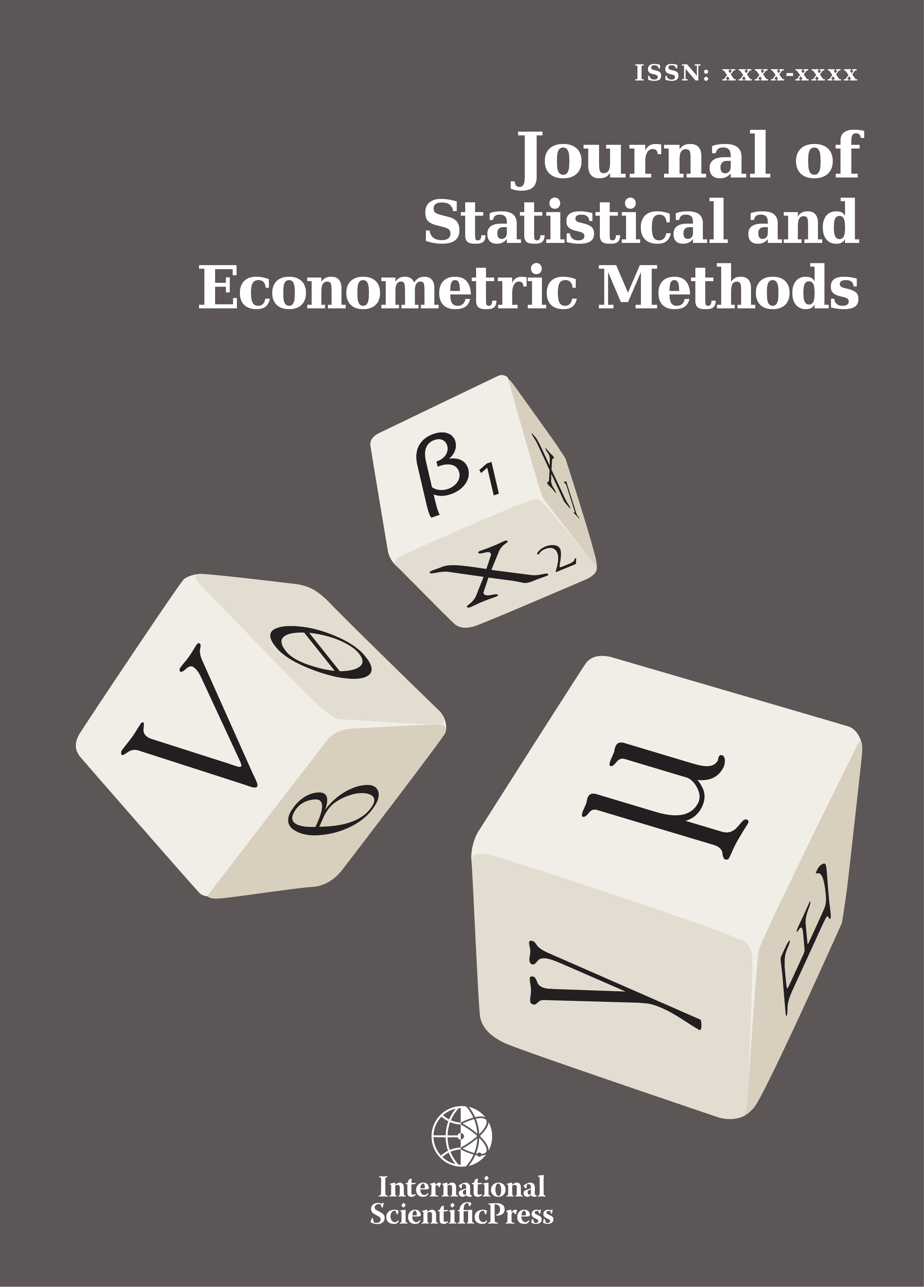Journal of Statistical and Econometric Methods
Evaluating the Approaches of Small Area Estimation Using Poverty Mapping Data
-
 [ Download ]
[ Download ]
- Times downloaded: 9081
Abstract
Nowadays, estimation demand in statistics is increased worldwide to seek out an estimate, or approximation, which may be a value which will be used for various purpose, albeit the input data could also be incomplete, uncertain, or unstable. The development of different estimation methods is trying to provide most accurate estimate and estimation theory deals with finding estimates with good properties. The demand of small area estimation (SAE) method has been increasing rapidly around the world because of its reliability compared to the traditional direct estimation methods, especially in the case of small sample size. This paper mainly focuses on the comparison of several indirect small area estimation methods (post-stratified synthetic, SSD and EB estimates) with traditional direct estimator based on a renowned data set. Direct estimator is approximately unbiased but SSD and Post-stratified synthetic estimator is extreme biased. To cope up the problem, we conduct another model-based estimation procedure namely Empirical Bayes (EB) estimator, which is unbiased and compare them using their coefficient of variation (CV). To check the model assumption, we used Q-Q plot as well as a Histogram to confirm the normality, bivariate correlation, Akaike information criterion (AIC).
JEL classification numbers: C13, C51, C51.
Keywords: Small Area Estimation, Direct Estimation, Indirect Estimation, Empirical Bayes Estimator, Poverty Mapping.
